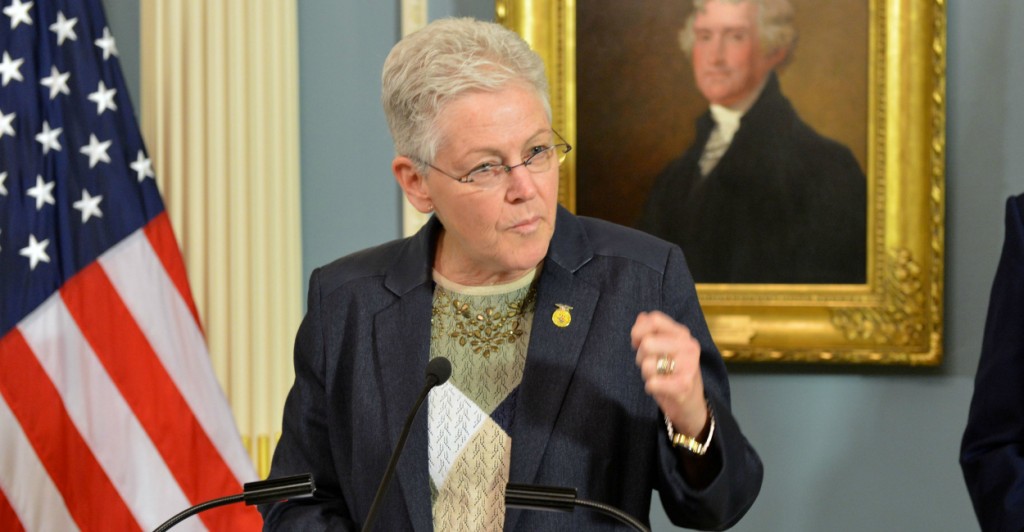On first glance, this is a rather routine story in the environmental policy wars.
A study published in the journal Nature Climate Change said researchers had found that if rules being considered by the Environmental Protection Agency to reduce carbon emissions were enacted, it would mean 3,500 fewer premature deaths per year.
This was a necessary piece of the puzzle for the EPA as it works to implement regulations it says would, by 2030, reduce carbon emissions to 30 percent below their levels in 2005. Industry experts say these regulations would drive a final nail into the coal industry, which currently supplies almost half the nation’s electricity. So, to justify the regulations, significant health benefits must be demonstrated.
Such stories have become expected in environmental policy. The government announces an aim or policy change, and the research community gets together, using taxpayer dollars, to confirm the government’s approach is the best option. Those who support it post it to their Facebook pages; those who don’t ignore it.
Researchers from Harvard University, Syracuse University and four other institutions used climate models to predict the impact the EPA’s proposed carbon emissions reductions would have on human health. And not surprisingly, it turned out the government’s plan was not just among the options that would produce positive results but was, in fact, the best way to achieve the goals.
But there was a line in this story that sets it apart. Jonathan Buonocore, a research fellow at Harvard’s Center for Health and the Global Environment, told U.S. News the EPA did not participate in the study or interact with its authors.
But it seems the agency did participate and did interact with the authors.
Emails discovered through a Freedom of Information Act request by Steve Milloy, a former editor at JunkScience.com, found a string of correspondence to set up meetings and conference calls to, in the words of one such email, “discuss methods for our next set of analyses.”
The chain of emails went back and forth as the researchers and the agency both sought to add participants to the call. The fact the research showed precisely what the government wanted it to and that the government’s own proposal, when mimicked by researchers, produced the best results further raise suspicion.
Driscoll seemed to grasp this when he told the New York Times it was “a coincidence” that one of the models so closely resembled the federal proposal.
Milloy does not buy that explanation, and he doesn’t buy that this research was not coordinated with the agency to maximize effectiveness in promoting the coal regulations.
Despite the fact the study’s authors “received or were involved in $45 million worth of research grants from the EPA,” The New York Times, The Washington Post and the Associated Press described the researchers “simply and innocuously” as researchers and scientists, Milloy lamented in a recent post at JunkScience.com. “Absent some unimagined explanation, these emails flatly contradict the claims [of independence] made in the Harvard and Syracuse media releases and in statements to media [by the researchers themselves].”


No comments:
Post a Comment